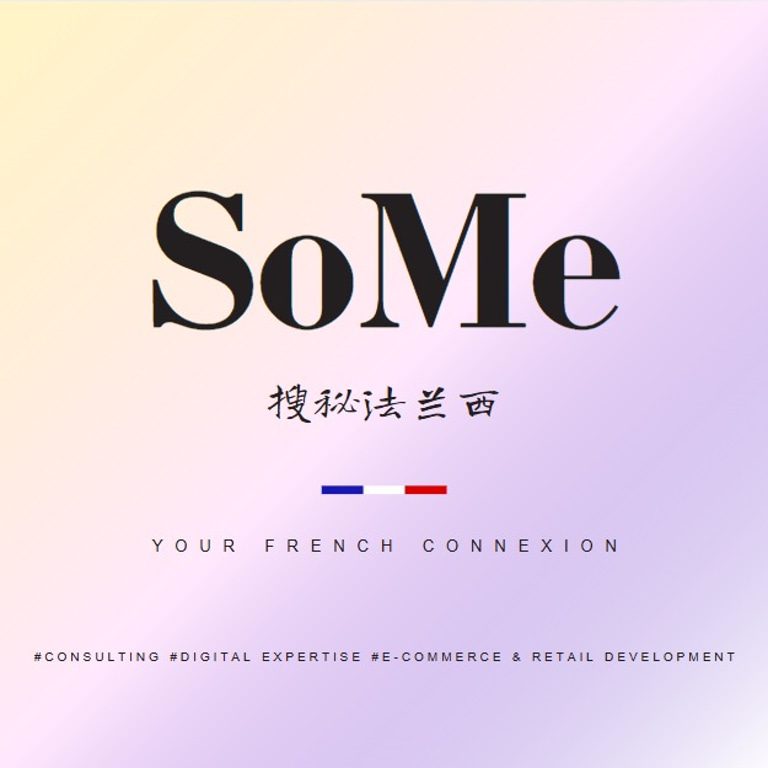Welcome to SOME Consulting FRANCE 欢迎来到搜秘法兰西咨询公司!
The Evolution of E-Commerce in the French Beauty and Wellness Sector
SoMe Consulting France
1/26/20252 min read


Analysis of Online E-commerce Development in the French Beauty and Wellness Industry
1. Market Size and Growth Trends
The online market for the beauty and wellness industry in France continues to expand, with projections estimating it will reach $11.45 billion in 2024 and grow to $12.27 billion by 2029, reflecting a compound annual growth rate (CAGR) of 1.39%. The share of beauty and personal care products sold through online channels has been steadily increasing, with 43% of beauty and hygiene products purchased online in 2021.
The pandemic has accelerated the shift in consumer shopping habits, with France's e-commerce market expected to generate $65 billion in revenue in 2024, driven by an 18% year-on-year growth in beauty product sales. Notably, the online sales of luxury beauty products have performed exceptionally well, with a 3% increase in Q3 2024.
2. Consumer Behavior and Preferences
French consumers exhibit the following trends when purchasing beauty and wellness products:
- Focus on Natural and Sustainable Products: There is a growing demand for natural, organic ingredients and eco-friendly packaging, with 44% of consumers prioritizing green and sustainable products.
- Price Sensitivity and Value for Money: While French consumers are willing to pay a premium for high-quality products, inflationary pressures have made them more price-conscious. 37% of consumers choose online shopping due to the competitive pricing offered by e-commerce platforms.
- Mobile Shopping and Social Commerce: 55% of online transactions are completed via mobile devices, highlighting the increasing reliance on smartphones for shopping. Additionally, 26% of consumers have tried live shopping, and 20% have experimented with social commerce, indicating the potential of emerging shopping formats.
3. Key E-commerce Platforms and Channels
The online sales of beauty and wellness products in France are primarily conducted through the following channels:
- General E-commerce Platforms: Amazon France dominates the market, attracting 34% of website traffic, followed by local platforms like Cdiscount and Fnac Darty.
- Brand Websites and D2C Models: 55% of French beauty brands sell directly to consumers through their official websites, with some offering personalized recommendations and loyalty programs to enhance customer retention.
- Social Commerce and Live Shopping: Platforms like Instagram and TikTok play a significant role in beauty product sales, with live shopping achieving a conversion rate of 10%.
4. Competitive Landscape and Brand Strategies
The French beauty and wellness market is highly competitive, with international brands like L'Oréal and Estée Lauder competing alongside local players such as Typology and Bioderma. Key strategies include:
- Product Innovation: Launching products with natural ingredients, multifunctional benefits, and eco-friendly packaging to meet consumer demand for health and sustainability.
- Omnichannel Approach: Integrating online and offline retail to provide a seamless shopping experience. For example, Sephora has expanded its online presence through over 30 e-commerce websites and mobile apps.
- Digital Marketing: Leveraging social media, influencer marketing, and virtual try-on technologies to attract younger consumers.
5. Future Trends and Challenges
- Technology-Driven Innovation: Artificial intelligence and virtual reality will further enhance personalized shopping experiences, such as virtual makeup trials and skin analysis.
- Sustainability: Brands need to adopt more eco-friendly practices in their supply chains, packaging, and product formulations to align with consumer expectations for sustainability.
- Intensified Market Competition: As more brands enter the online market, competition will become fiercer, requiring brands to differentiate themselves through unique strategies and superior services.
Conclusion
The online e-commerce market for the beauty and wellness industry in France is experiencing rapid growth, driven by consumer demand for natural and sustainable products, as well as the rise of mobile shopping and social commerce. However, brands must also navigate challenges such as price sensitivity, market competition, and technological advancements. By optimizing omnichannel strategies, strengthening digital marketing efforts, and promoting sustainability, brands can secure a strong position in this dynamic and evolving market.
Provide all-link cross-channel internationalized business solutions for growth in France, EUROPE.
Cooperation Inquiry
Please leave your e-mail information and we will contact you as soon as possible!
contact@someconsultingfrance.com
© 2024. All rights reserved.
